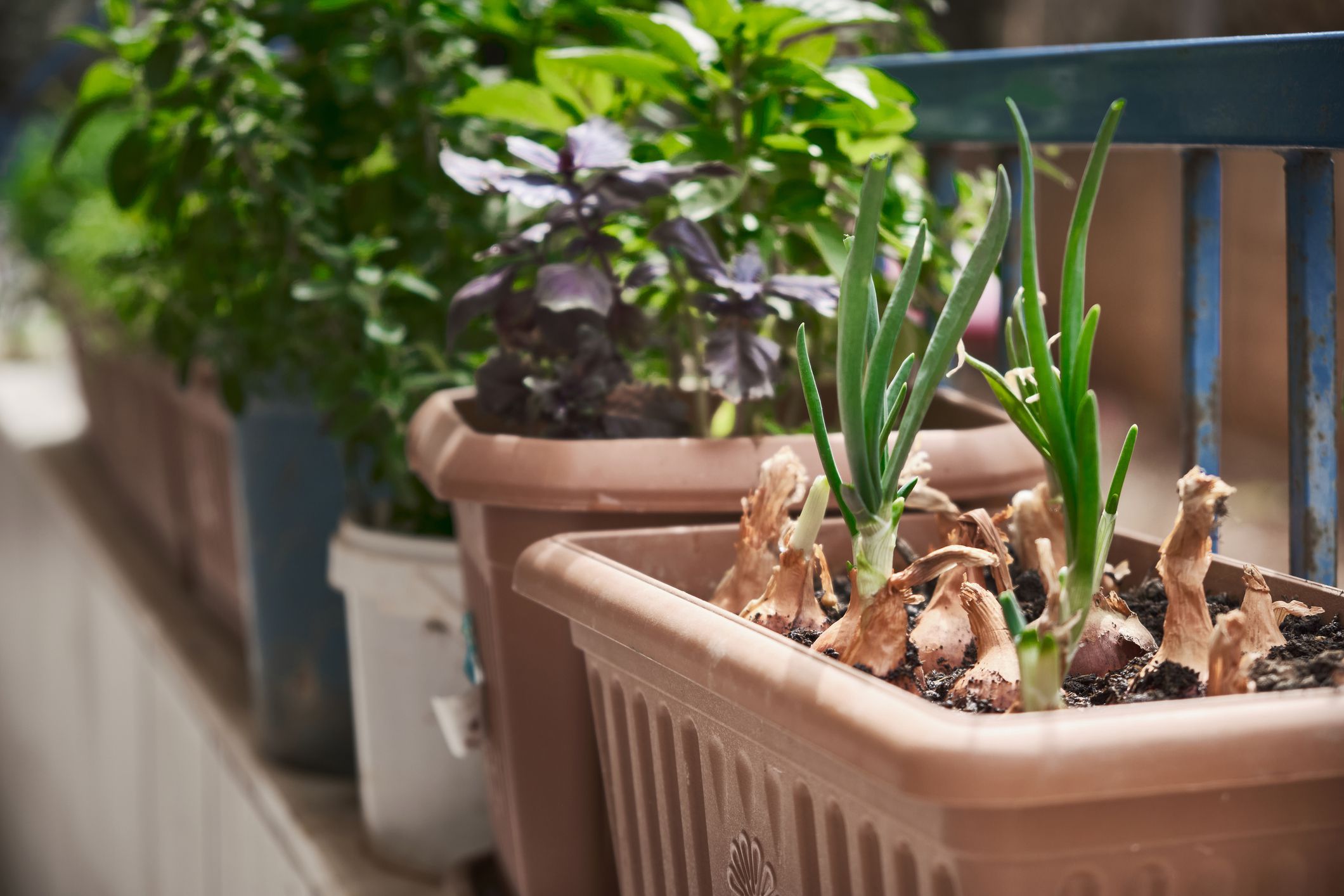

Articles
How To Store Onion Plants Before Planting
Modified: August 27, 2024
Learn the best ways to store onion plants before planting in this informative article. Find out how to keep your onion plants fresh and healthy until you're ready to plant them.
(Many of the links in this article redirect to a specific reviewed product. Your purchase of these products through affiliate links helps to generate commission for Storables.com, at no extra cost. Learn more)
Introduction
Welcome to this guide on how to store onion plants before planting! If you’re an avid gardener or are planning to grow your own vegetables, you know that onions are a versatile and essential ingredient in many dishes. By properly storing onion plants before planting them in your garden, you can ensure that they remain healthy and ready for growth when the planting season arrives.
Storing onion plants before planting is crucial for a few reasons. First, it allows you to purchase onion plants ahead of time, giving you more flexibility and convenience in planning your garden. It also allows you to select the variety of onion plants that you prefer, ensuring that you have the right type for your culinary needs.
When it comes to storing onion plants, there are a few important steps to follow to ensure success. In this guide, we will walk you through the process, from choosing the right onion plants to monitoring and maintaining them during storage. By following these steps, you can effectively store your onion plants and have them ready for a successful planting season.
So, let’s dive in and learn how to store onion plants before planting!
Key Takeaways:
- Ensure successful onion plant storage by choosing high-quality plants, properly curing them, and maintaining ideal storage conditions. Regularly inspect, clean, and rotate the onions for a bountiful harvest.
- Create the optimal storage environment for onion plants by choosing suitable containers, monitoring temperature and humidity, and practicing regular maintenance. Follow these tips for successful onion plant storage and a rewarding gardening experience.
Choosing the Right Onion Plants
When it comes to choosing the right onion plants for storage, there are a few factors to consider. First and foremost, consider the variety of onion plants you want to grow. There are different types of onions, such as sweet onions, red onions, and yellow onions, each with its own flavor profile and culinary uses. Choose a variety that suits your preferences and cooking needs.
In addition to the variety, consider the size and quality of the onion plants. Look for onion plants that have a healthy appearance, with green and sturdy stems. Avoid any onion plants that show signs of disease or damage, such as yellowing leaves or soft spots.
You should also consider the size of the onion bulbs. Larger onion bulbs are generally preferred, as they tend to have more flavor and are easier to work with in the kitchen. However, keep in mind that larger onion plants may require more space for storage. If you have limited storage space, opt for smaller-sized onion plants.
Lastly, consider the growing conditions of the onion plants. Onions are typically grown from sets or transplants. Sets are small onion bulbs that have been partially grown before being sold, while transplants are onion plants that have been started from seeds and grown in trays. Both options can be suitable for storage, but make sure to choose onion plants that have been grown under favorable conditions, such as adequate sunlight and water.
By taking the time to choose the right onion plants for storage, you can ensure that you have healthy and high-quality plants to transplant into your garden later on.
Preparing the Storage Area
Before you store your onion plants, it’s important to prepare a suitable storage area. This will provide the optimal conditions to keep the onion plants dormant and in good condition until it’s time to plant them in your garden.
The ideal storage area for onion plants is a cool, dry, and well-ventilated space. This could be a basement, cellar, or a garage, as long as the area meets the necessary criteria. Make sure that the storage area remains consistently cool, with temperatures ranging between 35°F (2°C) and 40°F (4°C).
Avoid storing onion plants in areas that are prone to fluctuations in temperature or high humidity, as this can lead to spoilage and rot. Excessive heat or moisture can cause the onion plants to sprout prematurely or develop mold and diseases.
In addition to ensuring proper temperature and humidity levels, clear the storage area of any debris, pests, or other potential contaminants. Remove any items that could emit ethylene gas, such as ripening fruits, as this gas can trigger premature sprouting in the onion plants.
Furthermore, ensure that the storage area is well-ventilated to allow for proper air circulation. This will help prevent the buildup of moisture and discourage the growth of mold or fungus on the onion plants.
Lastly, organize the storage area in a way that allows for easy access and retrieval of the onion plants when needed. Consider using shelves, bins, or crates to keep the onion plants separated and prevent them from touching each other, which can lead to bruising and rot.
By properly preparing the storage area, you can create an optimal environment to keep your onion plants in excellent condition until it’s time to plant them in your garden.
Cleaning and Sorting the Onion Plants
Before storing your onion plants, it’s important to clean and sort them to ensure that only healthy and viable plants are being stored. This step helps prevent the spread of diseases and ensures that you’re storing onion plants that have the best chance of successful growth.
Start by gently removing any loose soil or debris from the onion plants. Be careful not to break or damage the roots or stems in the process. Use a soft brush or your hands to gently brush off any excess soil from the onion bulbs and leaves.
Once the onion plants are cleaned, it’s time to sort them based on their condition. Look for any onion plants that show signs of damage, disease, or decay, such as softness, discoloration, or mushy spots. Remove these onion plants from the storage batch, as they can affect the overall quality and health of the remaining plants.
Next, separate the onion plants based on their size. Group together onion plants that have similar bulb sizes to ensure more uniform growth when planted. This will make it easier for you to select and plant the appropriate-sized onion plants in your garden.
It is also a good idea to remove any onion plants that have started to sprout prematurely. These sprouts indicate that the onion plants are breaking dormancy and may not store well. Instead, consider using these sprouting onion plants for immediate culinary use.
As you clean and sort the onion plants, take note of any varieties or sizes that you have, as this information will come in handy when it’s time to plant them. You can label or separate the onion plants accordingly to keep track of these details.
By properly cleaning and sorting the onion plants before storage, you’re ensuring that only healthy and viable plants are being stored, increasing your chances of successful growth once they’re planted in your garden.
Curing the Onion Plants
After cleaning and sorting the onion plants, the next step is to cure them. Curing is a crucial process that allows the onion plants to dry and develop a protective layer, which helps them store well and prevents diseases.
To begin the curing process, it’s essential to provide optimal conditions. Place the onion plants in a single layer on a clean, dry surface, such as a wire mesh rack or a clean tray. Ensure that there is enough space between the plants for air to circulate freely.
Find a well-ventilated area, preferably with low humidity, to allow the onion plants to dry gradually. Avoid areas with direct sunlight, as it can cause the onion plants to overheat and dry out too quickly. A cool and shaded area is ideal for curing.
Allow the onion plants to cure for approximately two to three weeks. During this time, monitor them regularly for any signs of mold, rot, or sprouting. Remove any onions that show signs of spoilage to prevent the spread of disease.
As the onion plants cure, their outer skin will become dry and papery. The onion bulbs will also shrink slightly in size, which is normal. This curing process helps the onion plants enter a dormant state, preparing them for long-term storage.
Once the onion plants have finished curing, check for any remaining soil or debris on the onion bulbs or leaves. Gently brush off any loose particles, making sure not to damage the bulbs or stems in the process.
When the onion plants are fully cured and cleaned, they are ready to be stored in a suitable container for long-term storage. Properly curing the onion plants ensures that they will stay in good condition and have a longer shelf life when stored.
Store onion plants in a cool, dry place with good air circulation, such as a garage or shed. Keep them in a single layer to prevent mold and rot. Avoid storing them near potatoes, as they can cause onions to spoil faster.
Read more: How To Store Garlic Before Planting
Filling Storage Containers
Once the onion plants have been cleaned and cured, it’s time to fill storage containers with the prepared plants. Choosing the right containers and arranging the onion plants properly will help maintain their quality and prevent damage during storage.
Firstly, select storage containers that are clean, dry, and have good ventilation. Avoid using plastic bags or airtight containers, as they can trap moisture and promote rot. Instead, opt for mesh bags, wooden crates, or breathable cloth bags, which allow for air circulation and prevent excess moisture buildup.
Before placing the onion plants into the containers, consider layering a protective barrier at the bottom. This can include newspaper, straw, or dry wood shavings. The barrier helps absorb excess moisture, prevents direct contact with the container, and provides cushioning for the onion bulbs.
Next, arrange the onion plants in a single layer within the container. Avoid piling them on top of each other, as this can lead to bruising and rot. Place the onion bulbs in a way that allows for some space between them, ensuring proper air circulation.
If you have different varieties or sizes of onion plants, consider segregating them into separate containers or clearly marking them within the container. This will make it easier for you to locate specific onion plants when it’s time to plant them in your garden.
As you fill the storage containers, periodically check for any signs of damage, disease, or sprouting among the onion plants. Remove any affected plants promptly to prevent them from affecting the rest of the batch.
Once all the onion plants are successfully arranged in the containers, close or seal them loosely. This will allow for some ventilation while still preventing excessive moisture loss. Store the containers in a cool, dry, and well-ventilated location, away from direct sunlight and extreme temperature fluctuations.
By properly filling the storage containers, you can ensure that the onion plants remain in good condition and are ready for planting when the time comes. Taking these extra steps will contribute to the overall success of your onion gardening endeavor.
Storing the Onion Plants
Storing onion plants properly is crucial to ensure their long-term viability and successful growth when planted in your garden. By following a few key steps, you can create the ideal storage conditions to keep the onion plants in optimal condition.
First and foremost, find a suitable storage location that meets the necessary criteria. The storage area should be cool, with temperatures ranging between 35°F (2°C) and 40°F (4°C). It should also be dry, with low humidity to prevent the onion plants from rotting or sprouting prematurely.
If you’re storing the onion plants in a basement or cellar, make sure the area is well-insulated and away from any sources of moisture. If you’re storing them in a garage, ensure proper ventilation and insulation to maintain consistent temperature and humidity levels.
When placing the storage containers in the chosen location, avoid direct contact with the floor, as it can lead to moisture absorption. Instead, elevate the containers on shelves or pallets to improve air circulation and prevent any potential water damage.
Regularly monitor the storage area for signs of mold, decay, or pests. Check the onion plants for any visible issues, such as soft spots, discoloration, or sprouting. Promptly remove any affected onion plants to prevent the spread of diseases and maintain the overall quality of the stored batch.
Throughout the storage period, it’s essential to check on the onion plants periodically. Inspect them for any signs of spoilage and discard any onions that have deteriorated. This ongoing monitoring ensures that you catch any problems early on and prevent them from affecting the entire batch.
Remember to maintain proper air circulation within the storage area. Open the storage containers occasionally to allow fresh air to circulate around the onion plants. However, be mindful of excessive exposure to light, as it can cause the onion bulbs to turn green and become bitter.
By storing the onion plants in a cool, dry, and well-ventilated area, you can preserve their quality and viability until it’s time to plant them in your garden. Implementing these storage practices will greatly increase your chances of successful onion growth and a bountiful harvest.
Monitoring and Maintenance
Monitoring and maintaining the onion plants during storage is crucial to ensure their health and viability. By regularly checking on the stored onion plants and carrying out necessary maintenance tasks, you can prevent issues and ensure their successful growth when planted in your garden.
Check the storage area regularly for any signs of mold, decay, or pests. Inspect the onion plants for any visible issues, such as soft spots, discoloration, or sprouting. Remove any affected onion plants promptly to prevent the spread of diseases and maintain the overall quality of the stored batch.
It’s important to maintain proper humidity levels in the storage area. Excessive humidity can lead to rot and mold growth, while low humidity can cause the onion bulbs to dry out. Use a hygrometer or moisture meter to monitor the humidity levels and make adjustments if necessary. You can place a small bowl of water in the storage area to increase humidity if it becomes too dry or use a dehumidifier if it becomes too humid.
Keep an eye on the temperature in the storage area and ensure it remains within the recommended range of 35°F (2°C) to 40°F (4°C). Fluctuations in temperature can negatively impact the stored onion plants. If the temperature rises or drops outside of this range, make adjustments to stabilize it, such as using insulation or a heater to regulate the temperature.
During the storage period, it’s advisable to inspect the onion plants periodically. Gently handle them and check for any signs of deterioration, such as softness, mold, or sprouting. Remove any onions showing these signs and use them immediately for cooking instead of storing them further.
Proper organization and rotation are also essential for maintaining stored onion plants. Make sure to label the containers with the variety, size, and storage date of the onion plants. This will enable efficient rotation, where you use the older stored onions first before moving on to the fresher ones. This practice ensures that you consume or plant the onions in the order they were stored, reducing the chances of any onions going to waste.
Lastly, maintain proper air circulation within the storage area. Opening the containers occasionally allows fresh air to circulate around the onion plants. However, avoid keeping the containers open for too long or exposing them to excessive light, which can cause the onion bulbs to turn green and become bitter.
By actively monitoring the stored onion plants and performing necessary maintenance tasks, you can ensure that they remain healthy and viable until it’s time to plant them. These efforts contribute to the overall success of your onion growing venture and result in a rewarding harvest.
Tips for Successful Storage
To ensure successful storage of onion plants, here are some valuable tips to keep in mind:
- Choose high-quality onion plants: Select onion plants that are healthy, disease-free, and preferably of a larger size. This will increase their chances of successful storage and growth.
- Clean and sort carefully: Before storage, clean the onion plants gently, removing any soil or debris. Sort them based on variety, size, and condition to ensure proper organization and easy retrieval.
- Properly cure the onion plants: Allow the onion plants to cure in a cool, dry, and well-ventilated space for a few weeks. This helps them develop a protective layer and enter a dormant state, enhancing their storage potential.
- Choose suitable storage containers: Opt for breathable containers such as mesh bags, wooden crates, or breathable cloth bags. Avoid airtight containers or plastic bags, as they can trap moisture and promote rot.
- Maintain the ideal storage conditions: Store the onion plants in a cool, dry, and well-ventilated location with temperatures around 35°F (2°C) to 40°F (4°C). Avoid areas with temperature fluctuations or high humidity, which can lead to deterioration.
- Regularly inspect and remove any spoiled onions: Monitor the stored onion plants for any signs of mold, decay, or sprouting. Remove any affected onions promptly to prevent the spread of diseases and maintain the overall quality.
- Rotate and use the onions in order: Label the storage containers with relevant details and practice rotation. Start using or planting the older onion plants first to ensure they are consumed or utilized before the fresher ones.
- Maintain proper air circulation: Open the storage containers periodically to allow fresh air to circulate. However, limit their exposure to light, as excessive light can cause the onion bulbs to turn green and become bitter.
- Regularly check temperature and humidity levels: Monitor the storage area to ensure it maintains the recommended temperature and humidity range. Make adjustments as necessary to create the most favorable conditions for stored onions.
- Inspect the onion plants regularly: Periodically check the onion plants for any deterioration, softness, or mold. Remove any affected onions immediately to prevent further damage.
By following these tips, you can maximize the success of storing your onion plants. Creating the optimal storage environment and implementing proper maintenance practices will help preserve the quality and viability of the onion plants until planting season.
Read more: How To Store Tulip Bulbs Before Planting
Conclusion
Storing onion plants before planting is a crucial step in ensuring their health and vitality for a successful gardening season. By following the steps outlined in this guide, you can effectively store your onion plants and have them ready when the time comes to transfer them to your garden.
From choosing the right onion plants to preparing the storage area, cleaning and sorting the plants, curing them, filling storage containers, and maintaining the ideal storage conditions, each step plays a vital role in preserving the quality and viability of the stored onion plants.
Remember to regularly monitor and maintain the stored onion plants, checking for any signs of mold, decay, or pests, and removing any affected plants promptly. Keep an eye on the temperature and humidity levels in the storage area, ensuring they remain within the recommended range for optimal storage conditions.
Proper organization, rotation, and periodic inspection of the onion plants are essential to prevent spoilage and ensure that you use or plant the onions in the order they were stored. This practice reduces waste and maximizes the utilization of your stored onion plants.
By implementing these tips and best practices, you can enjoy a bountiful harvest of healthy and flavorful onions once you plant them in your garden. Storing onion plants before planting not only provides convenience and flexibility but also allows you to select the variety of onions that best suits your culinary needs.
So, if you’re planning to grow your own onions, don’t hesitate to store them before planting. With proper care and attention throughout the storage period, you can look forward to a successful onion gardening experience and enjoy the satisfaction of harvesting fresh, homegrown onions.
Once you've mastered storing onion plants, why not level up your game with the latest innovations in storing onions or maybe even starting your own vegetable garden? Our guide on effective onion storage solutions offers insights into keeping your harvest fresh longer. Meanwhile, if growing more than just onions appeals to you, our practical tips on vegetable gardening can help expand your green thumb to a variety of crops. Don't miss out on these valuable resources designed to optimize your gardening success!
Frequently Asked Questions about How To Store Onion Plants Before Planting
Was this page helpful?
At Storables.com, we guarantee accurate and reliable information. Our content, validated by Expert Board Contributors, is crafted following stringent Editorial Policies. We're committed to providing you with well-researched, expert-backed insights for all your informational needs.
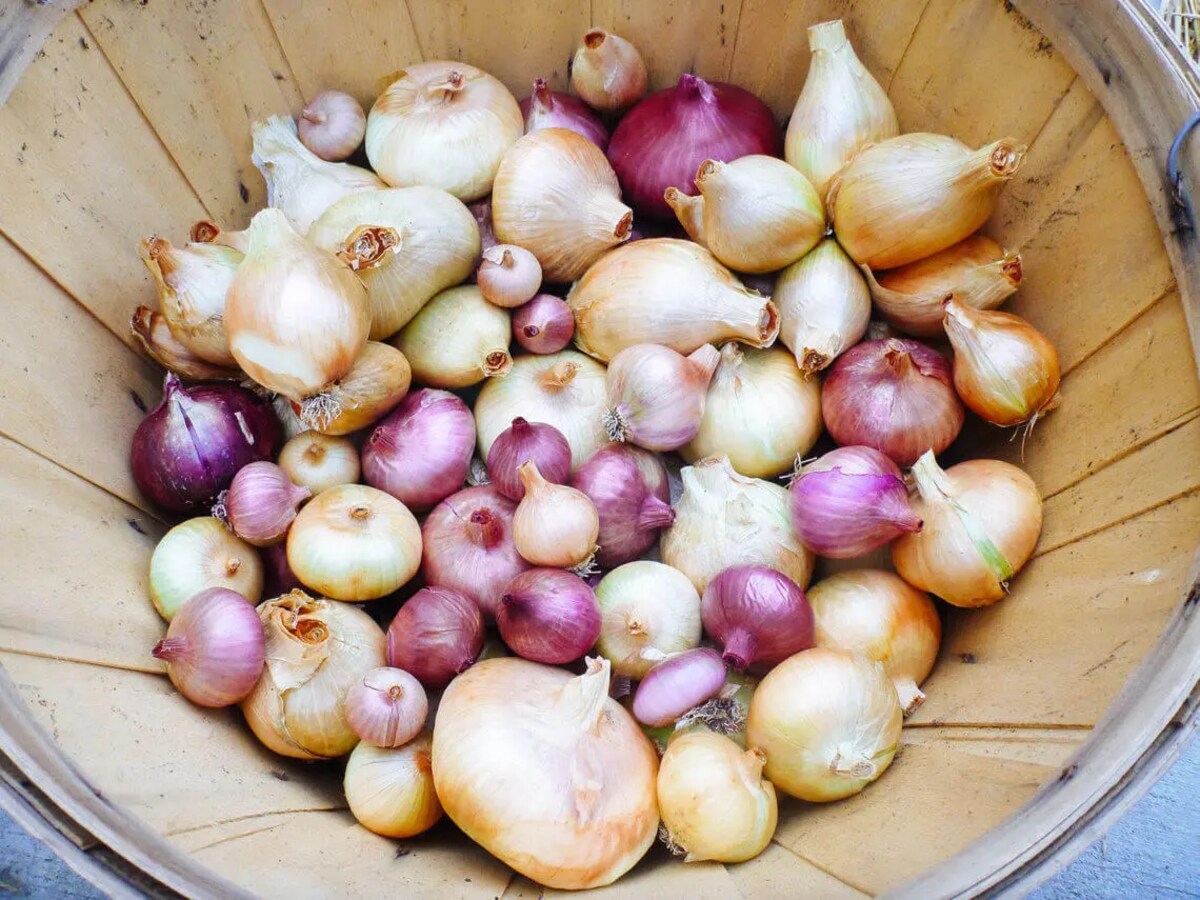
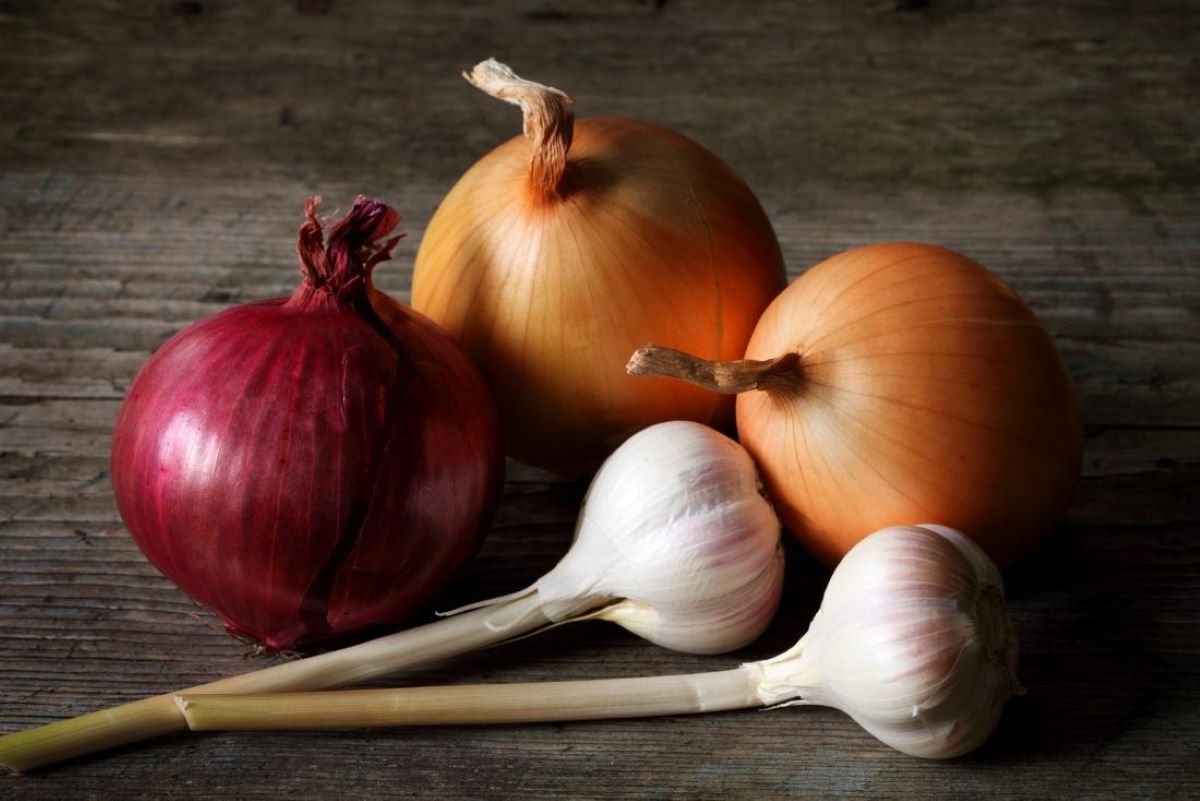
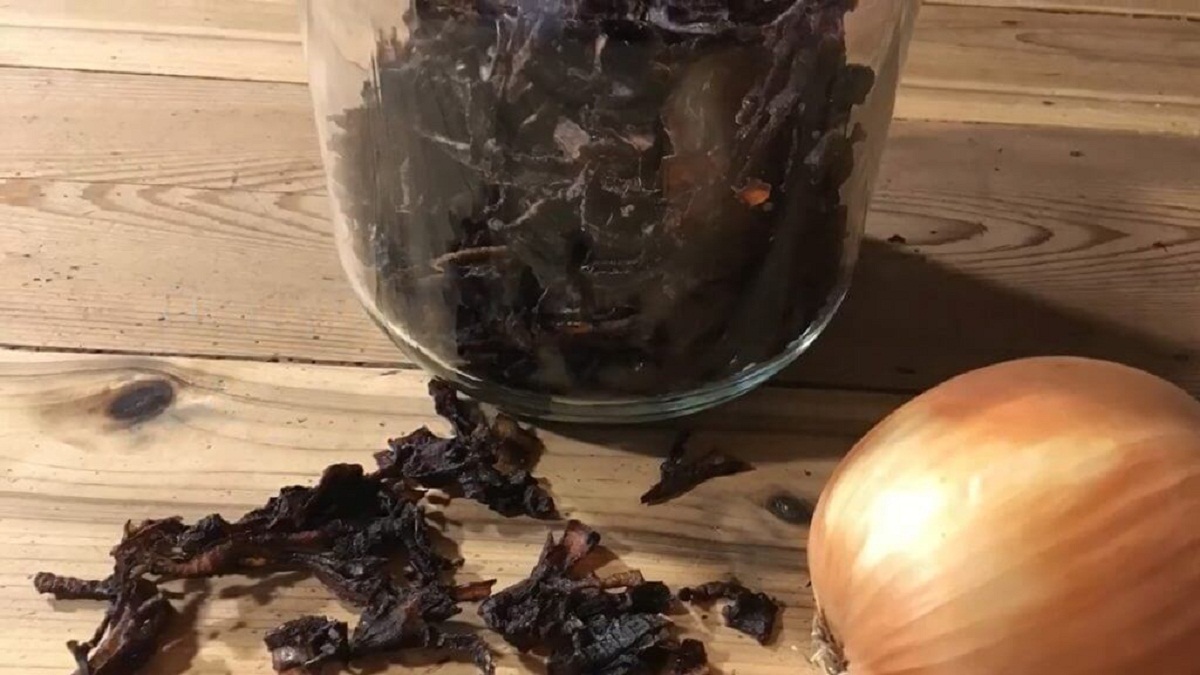
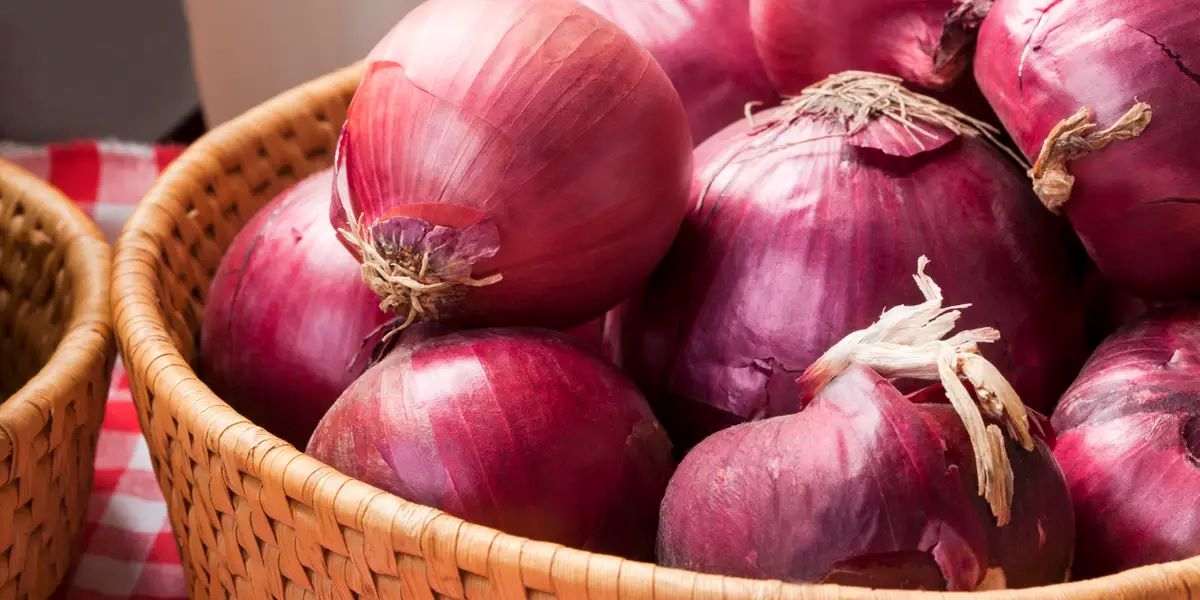
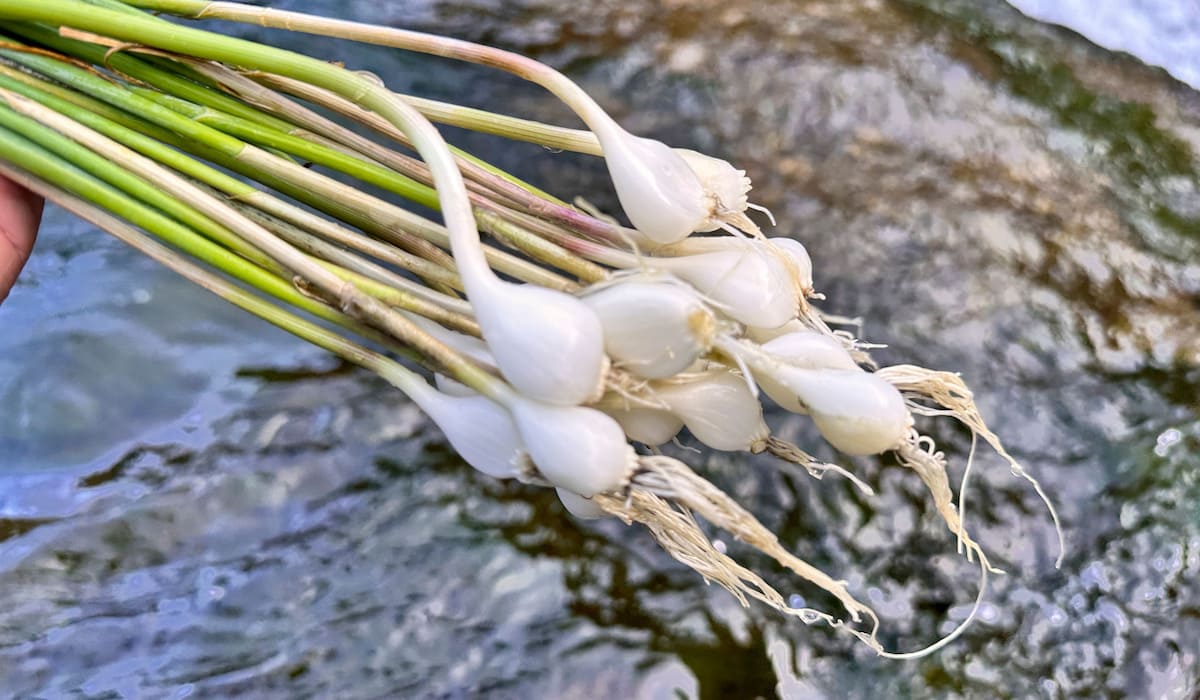
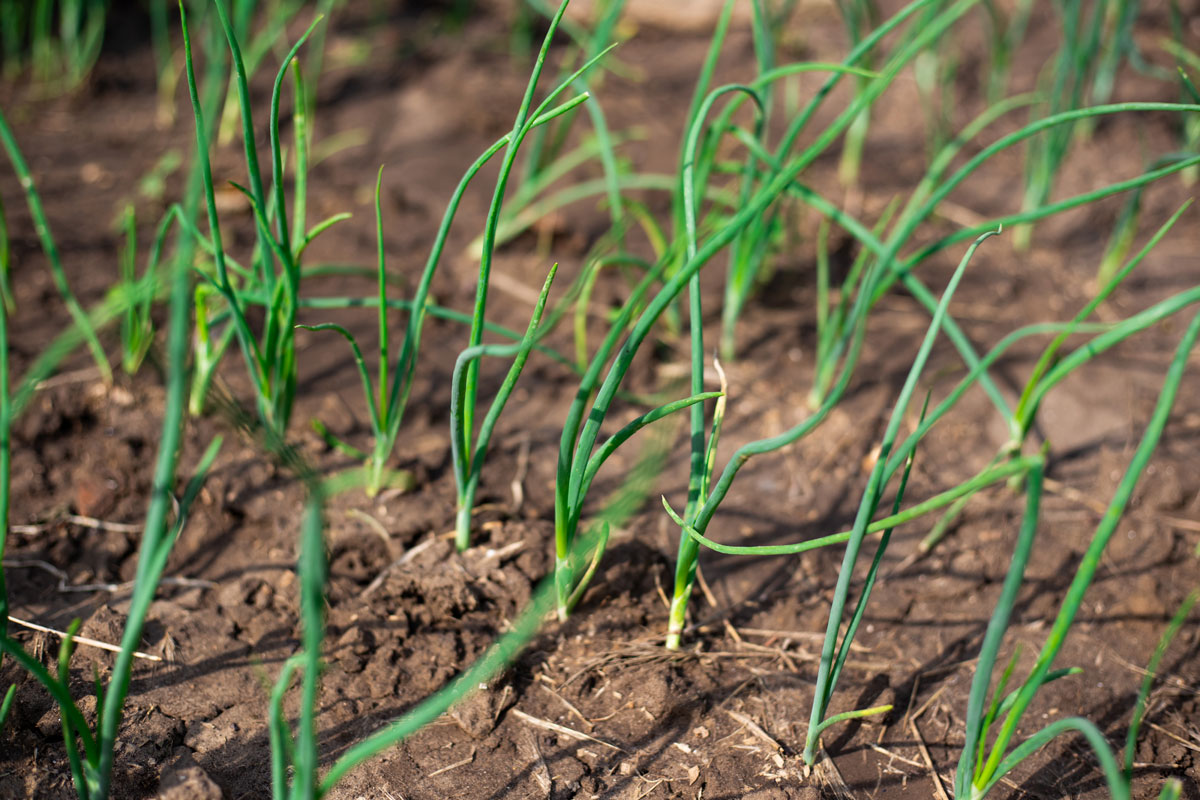
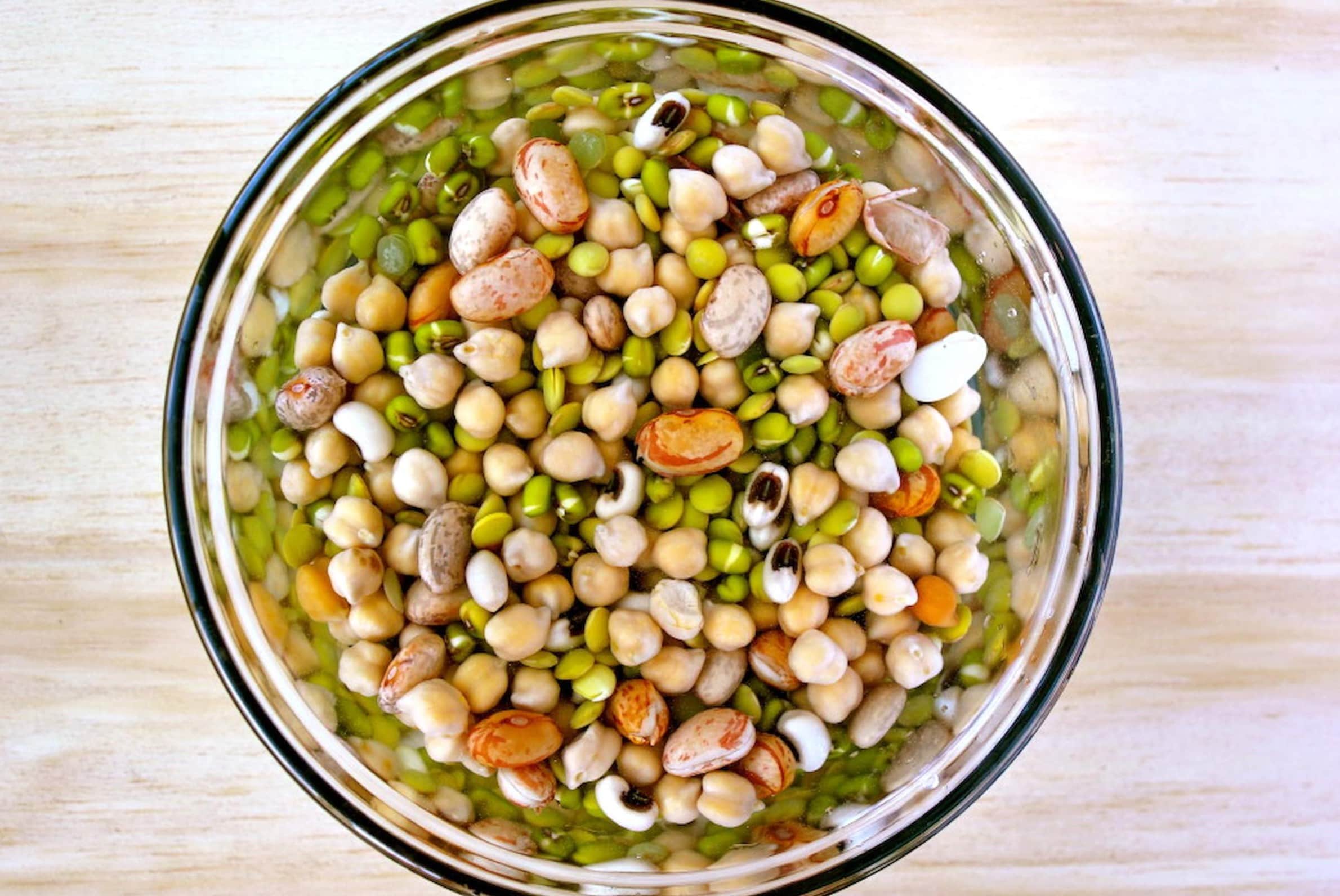

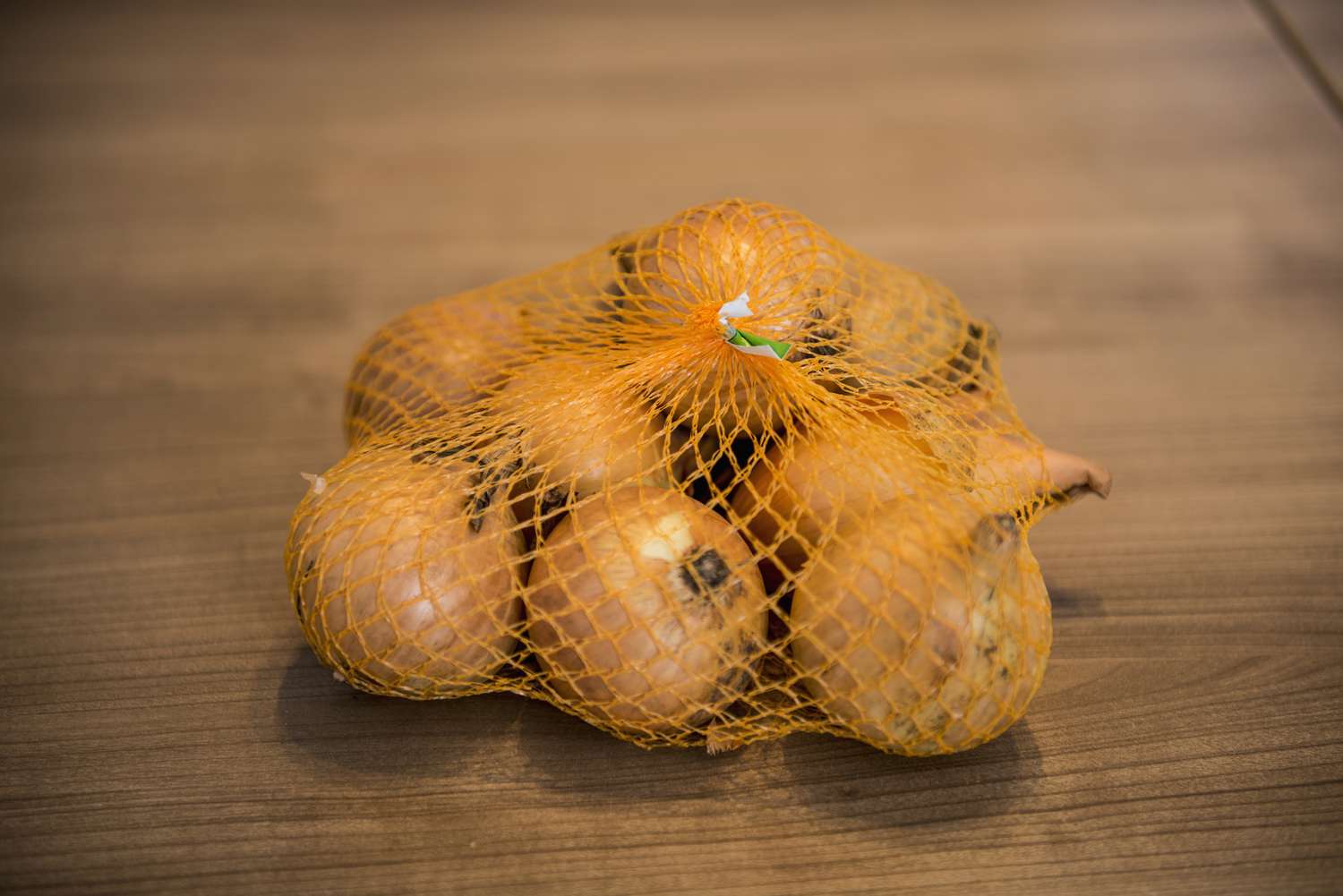
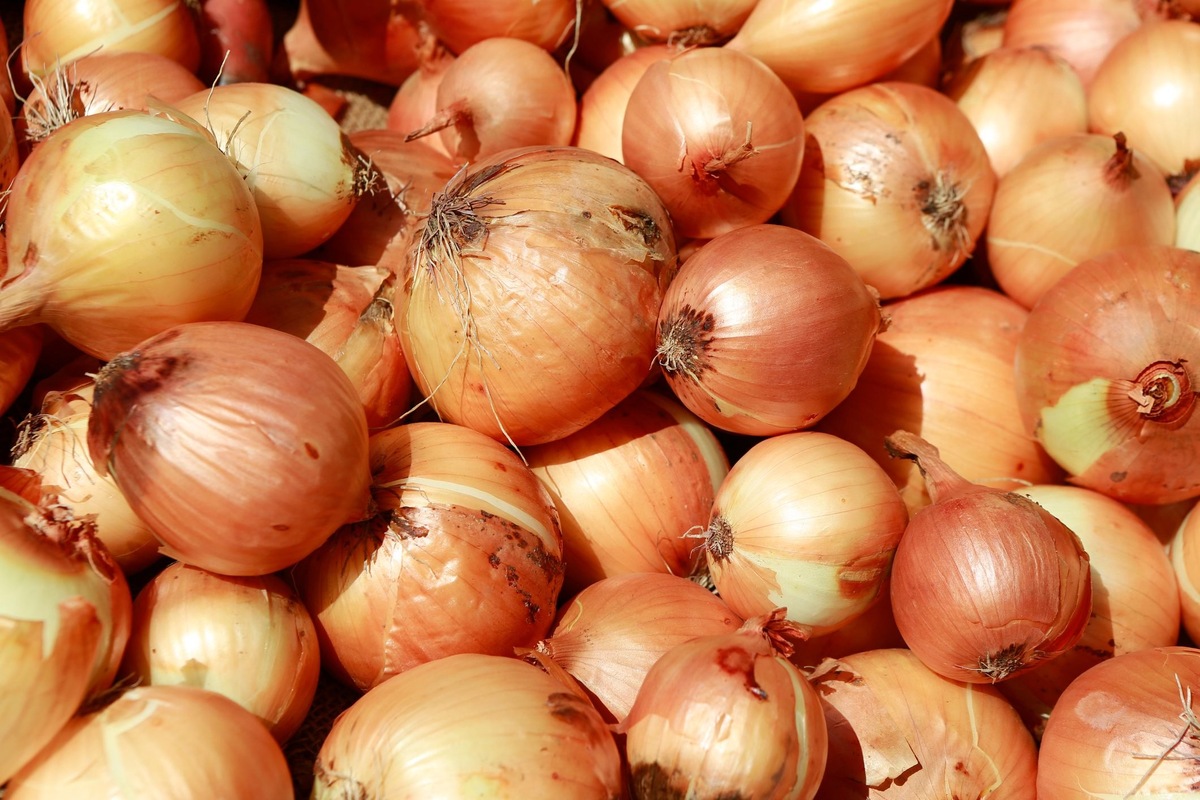
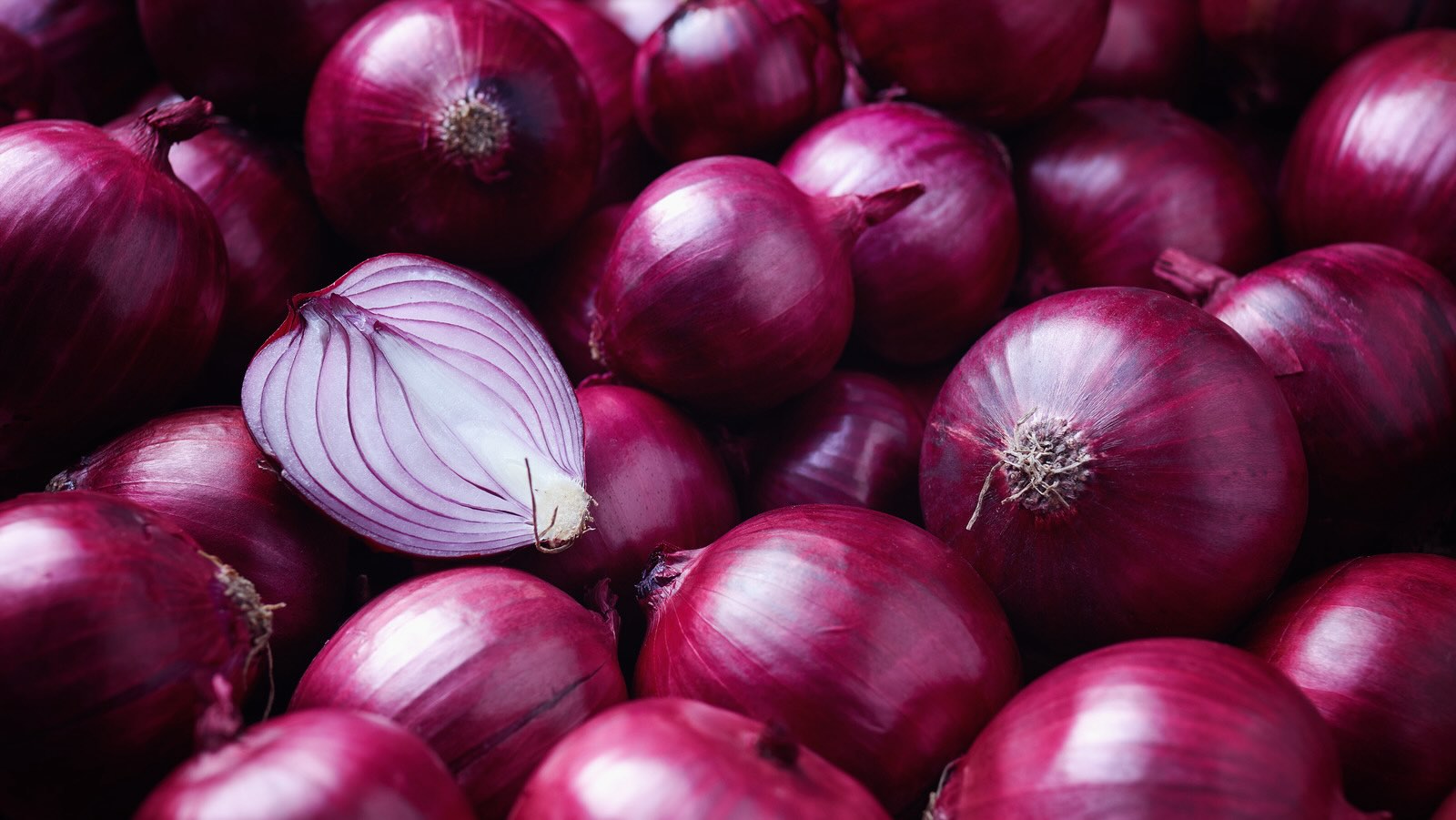
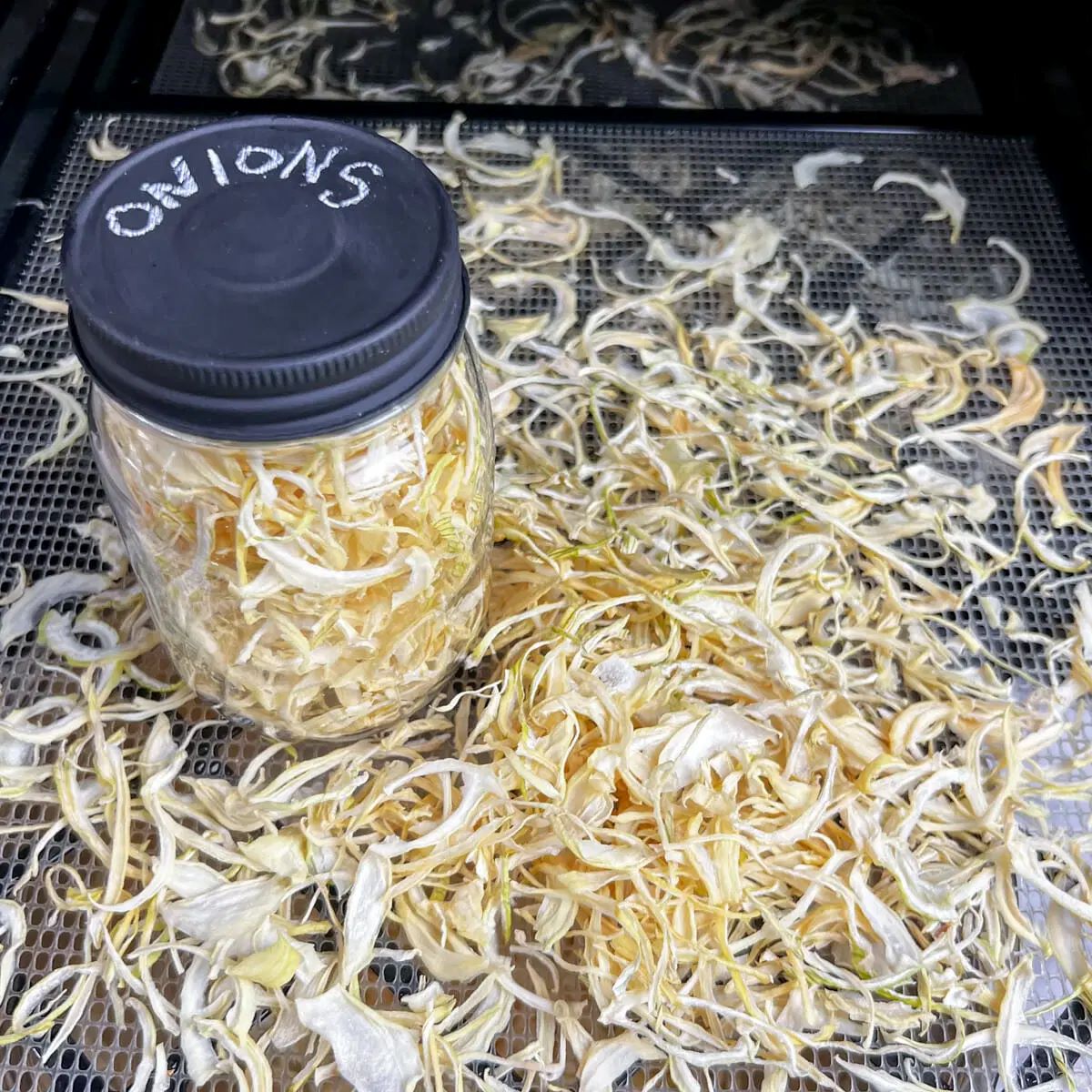
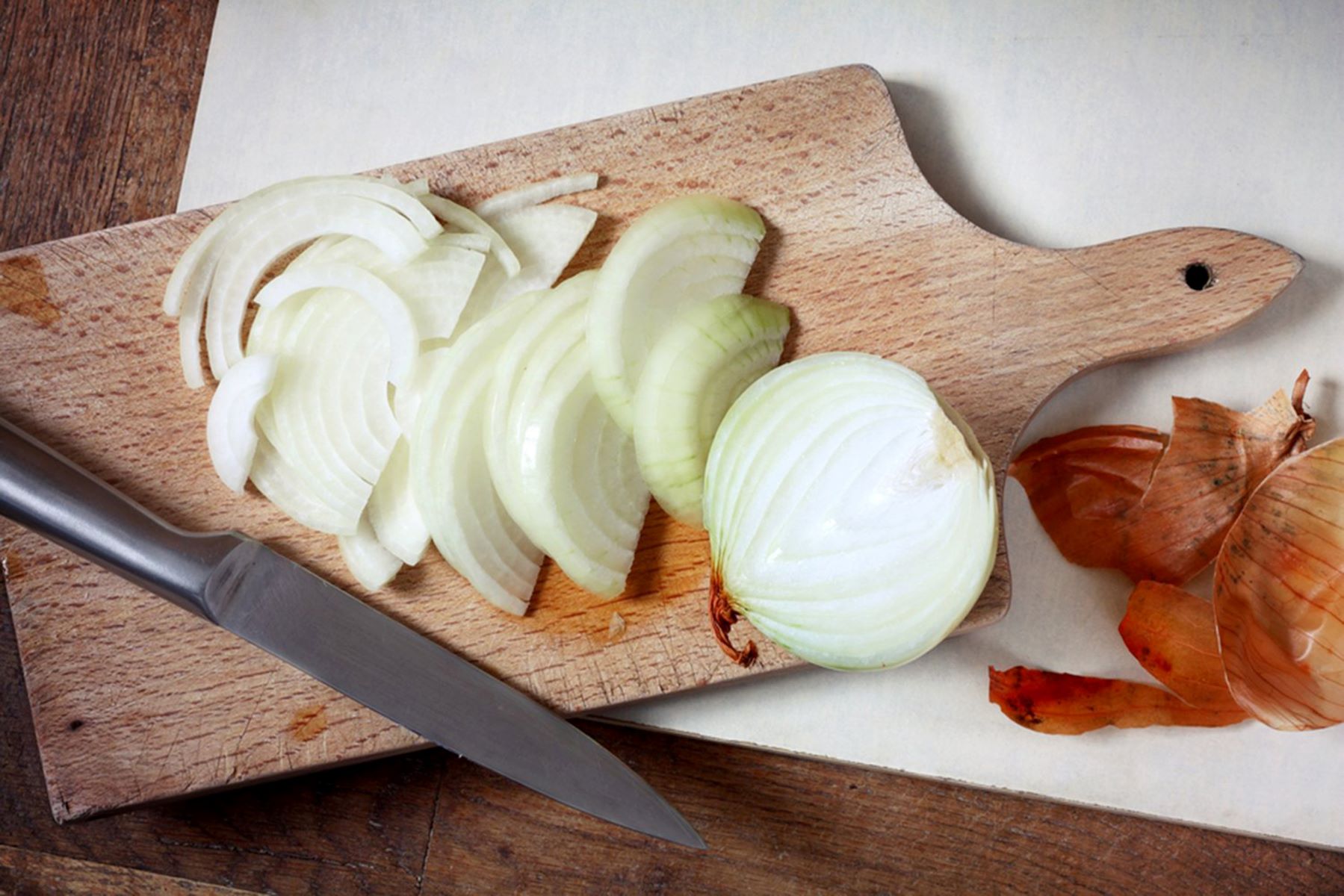

0 thoughts on “How To Store Onion Plants Before Planting”